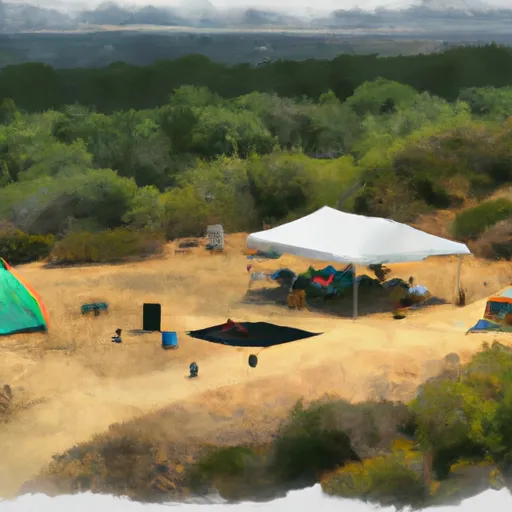Summary
Aside from fishing, visitors can also enjoy activities like hiking, picnicking, and biking in the surrounding park. Fishing tips include using live bait and fishing during the early morning or late afternoon hours. The best time to visit is during the spring and fall months, with average temperatures ranging from 60-70 degrees Fahrenheit.
Fish Species
Weather Forecast
Nearby Streamflow Levels
 Marsh C A Brentwood Ca
Marsh C A Brentwood Ca
|
0cfs |
 Dutch Slough Bl Jersey Island Rd A Jersey Island
Dutch Slough Bl Jersey Island Rd A Jersey Island
|
4810cfs |
 San Joaquin R A Jersey Point Ca
San Joaquin R A Jersey Point Ca
|
107000cfs |
 False R Nr Oakley Ca
False R Nr Oakley Ca
|
45500cfs |
 Threemile Slough Nr Rio Vista Ca
Threemile Slough Nr Rio Vista Ca
|
13000cfs |
 Old R A Bacon Island Ca
Old R A Bacon Island Ca
|
2600cfs |
Angling Safety Guidelines
Check local fishing rules, seasons, size limits, and license requirements to ensure legal and sustainable angling.
Handle Fish Responsibly
Use wet hands, minimize air exposure, and release fish gently to improve survival rates when practicing catch-and-release.
Choose the Right Gear
Match your rod, line, and tackle to the species and conditions to increase success and reduce unnecessary harm to fish.
Respect the Waterway
Avoid disturbing habitat, prevent bank erosion, and keep a safe distance from spawning areas to protect ecosystems.
Keep It Clean
Pack out all line, hooks, bait containers, and trash—discarded gear can injure wildlife and degrade waterways.
Related Links
Area Campgrounds
| Location | Reservations | Toilets |
|---|---|---|
 Contra Costa County Fair RV Park
Contra Costa County Fair RV Park
|
||
 Round Valley Group Camp
Round Valley Group Camp
|
||
 Stagecoach Group Camp
Stagecoach Group Camp
|
||
 Boundary Group Camp
Boundary Group Camp
|
||
 Wildcat Group Camp
Wildcat Group Camp
|
||
 BBQ Terrace Horse Camp
BBQ Terrace Horse Camp
|

 Bluegill
Bluegill
 Lake Trout
Lake Trout
 Largemouth Bass
Largemouth Bass
 Contra Loma
Contra Loma
 Contra Loma Regional Park
Contra Loma Regional Park
 Antioch Community Park
Antioch Community Park
 Sunny Ridge Park
Sunny Ridge Park
 Chichibu Park
Chichibu Park
 Canal Park
Canal Park